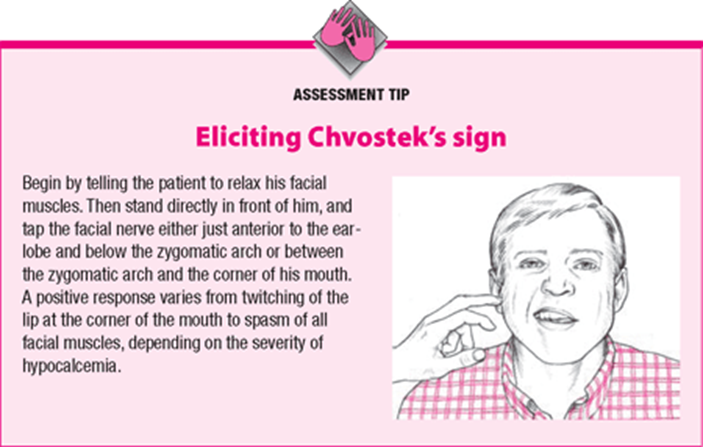A nurse is discussing kidney transplant with a client who has end-stage renal disease (ESRD).
Which of the following should the nurse identify as a contraindication for this treatment?
Pacemaker
Alcohol use disorder
Breast cancer survivor for 8 years
65 years of age
The Correct Answer is B
A. Having a pacemaker is not a contraindication for kidney transplant unless there are significant underlying cardiac issues that would increase the risks associated with surgery.
B. Chronic alcohol abuse can lead to multiple organ damage and increased surgical risks, making it a contraindication for kidney transplant.
C. Being a breast cancer survivor is not a contraindication for kidney transplant unless there are active cancer or metastases that would affect surgical outcomes.
D. Age alone is not a contraindication for kidney transplant. The decision for transplant candidacy is based on overall health status and comorbidities rather than age alone.
Nursing Test Bank
Naxlex Comprehensive Predictor Exams
Related Questions
Correct Answer is C
Explanation
A. Making a list of favorite beverages shows awareness but does not necessarily indicate an understanding of fluid restriction.
B. Putting beverages in large containers to deceive fluid intake is not a recommended or appropriate strategy for managing fluid restriction.
C. Not adding fluid-rich foods like ice cream to the total fluid intake demonstrates an understanding of fluid restriction and adherence to the prescribed limit.
D. Consuming most fluids during the evening is not an appropriate strategy for fluid restriction; fluid intake should be evenly distributed throughout the day.
Correct Answer is B
Explanation
A. Kernig's sign is a test for meningitis and is not related to the tingling sensation described by the client.
B. Chvostek's sign is a clinical sign of hypocalcemia, which can occur post-thyroidectomy due to inadvertent damage or removal of the parathyroid glands.
C. Babinski's sign is a test for upper motor neuron lesions and is not related to the tingling sensation described by the client.
D. Brudzinski's sign is a test for meningitis and is not related to the tingling sensation described by the client.

Whether you are a student looking to ace your exams or a practicing nurse seeking to enhance your expertise , our nursing education contents will empower you with the confidence and competence to make a difference in the lives of patients and become a respected leader in the healthcare field.
Visit Naxlex, invest in your future and unlock endless possibilities with our unparalleled nursing education contents today
Report Wrong Answer on the Current Question
Do you disagree with the answer? If yes, what is your expected answer? Explain.
Kindly be descriptive with the issue you are facing.
